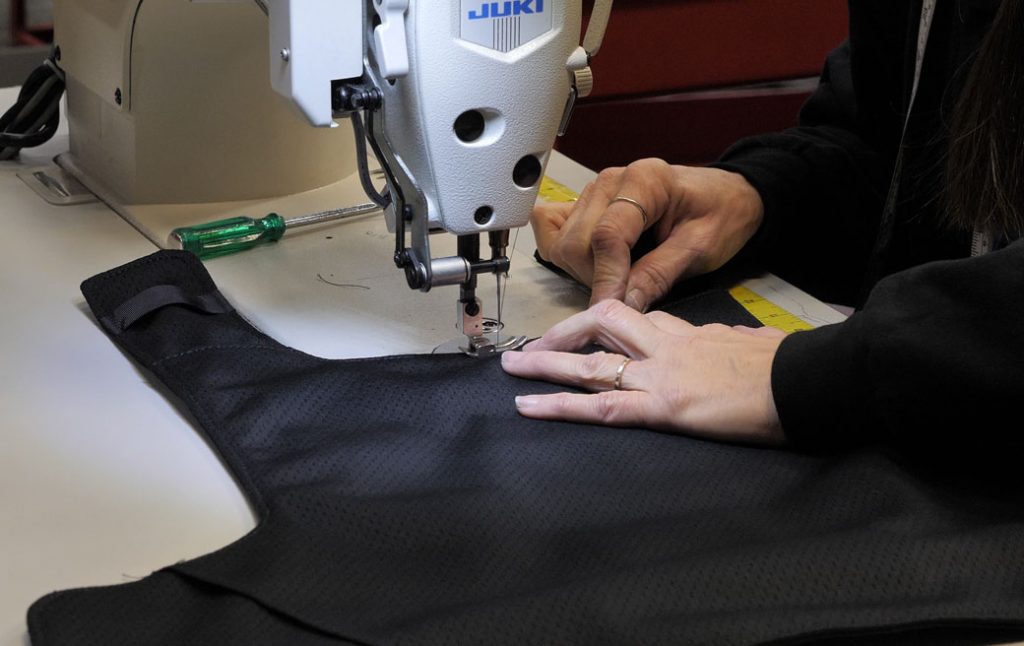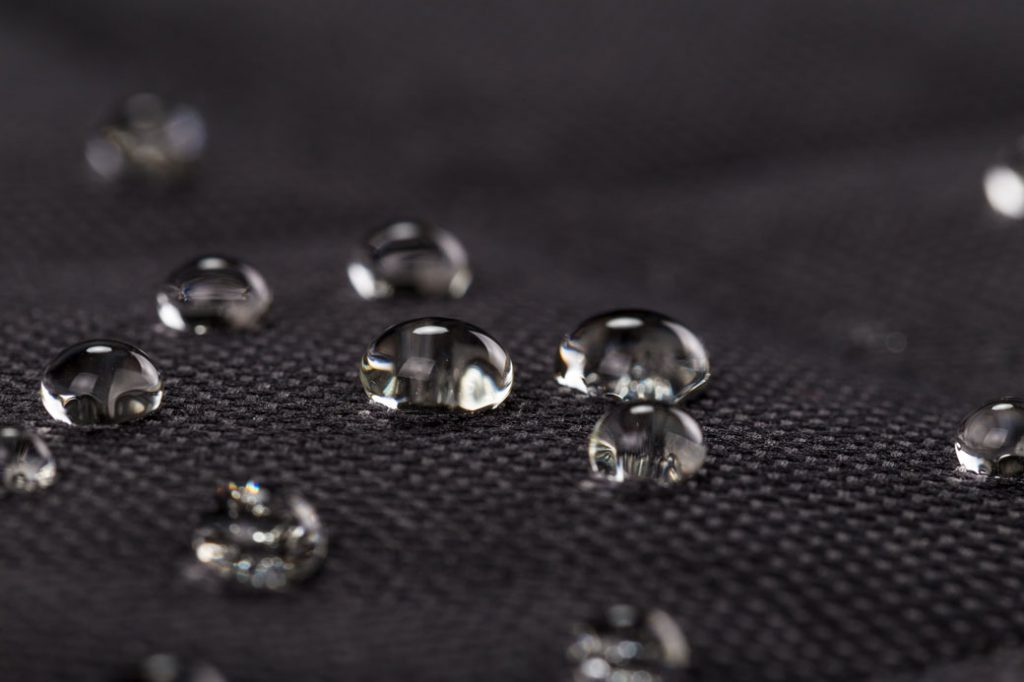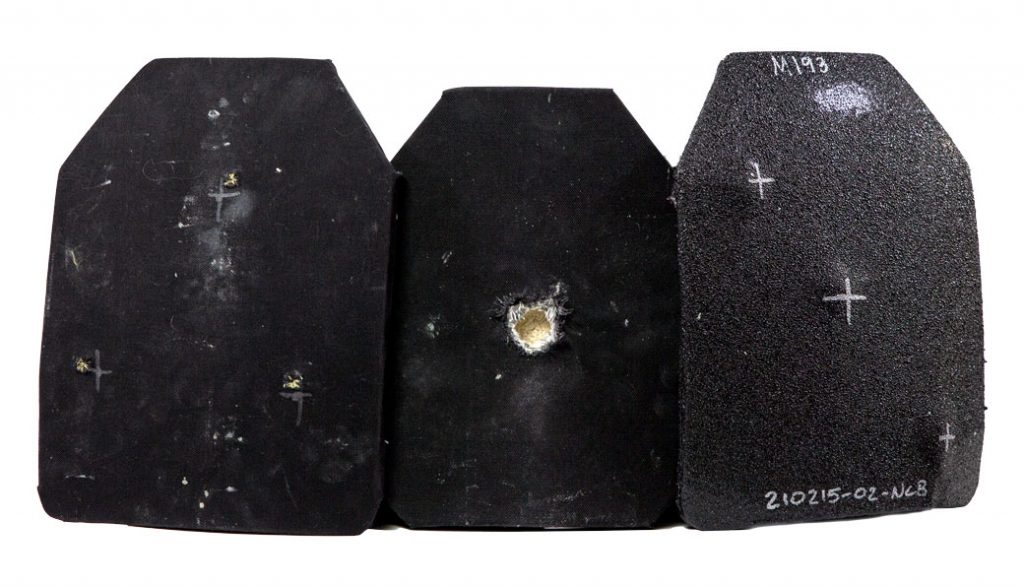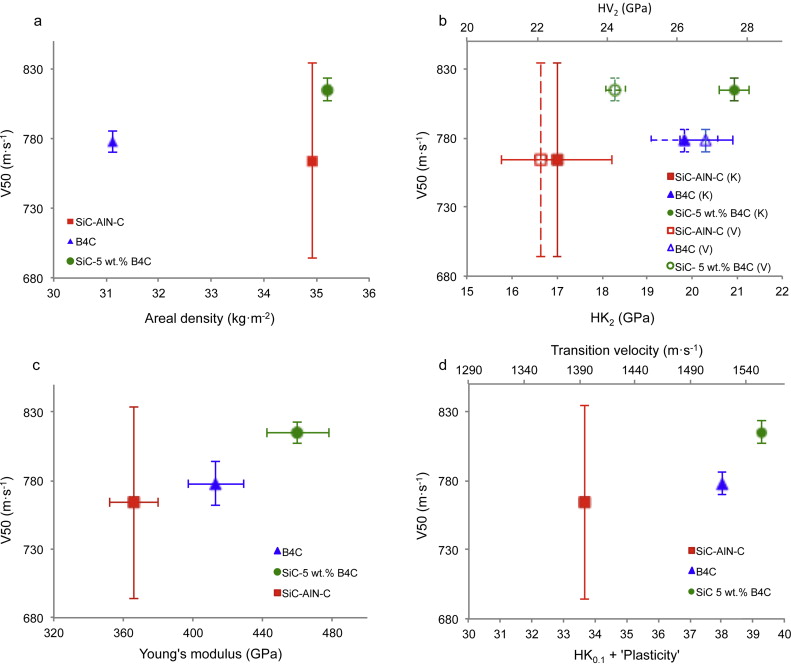
10 Facts About Body Armor and Why “Bulletproof” Body Armor is a MYTH!
1. There is no such thing as bulletproof armor
There is no such thing as bulletproof body armor. Bulletproof is a MYTH. For every “bulletproof” vest or plate on the market, we can show you a ballistic round “bullet” that will penetrate that product. If someone is marketing a bulletproof product, run for your life. Anyone who is a legitimate designer or manufacturer of a ballistic-resistant product will never use this type of language.
2. Every bullet should be considered lethal
Every bullet is lethal; no ballistic resistant product will be able to stop a bullet 100% every time. The force of the shot, also called blunt force trauma can knock you unconscious, or at worst kill you. According to NIJ standard 0101.06, a ballistic-resistant vest requires a back face signature that is below 44 mm, which is to secure that you survive the impact of the bullet.
3. Why do so many people online offer bulletproof products?
We have seen an explosion (no pun intended) of these fly-by-night companies, resellers, and foreign companies who offer “bulletproof” products. While some companies might be legitimate, you ALWAYS need to do your research to make sure you are buying from a trusted and reputable company. We recommend you take a closer look at anyone using the term “bulletproof” to describe their products as nothing is bulletproof.

4. Is a concealable carrier or tactical carrier ballistic-resistant?
A carrier is a textile sewn good that is typically constructed from various combinations of Nylon material such as 420D, 500D, 600D, 1000D (“D=Denier”) for the sole purpose of inserting your ballistic resistant panels and can be worn covertly or overtly. Carriers without panels or inserts are not ballistic-resistant.
5. Why should I buy NIJ 0101.06 compliant body armor?
Body Armor that is NIJ Standard 0101.06 compliant offers increased security for you as your ballistic-resistant vest is designed and manufactured to defeat the latest ballistic threats. The NIJ Standard 0101.06 is currently the most rigorous body armor testing standard that has worldwide recognition. The NIJ Standard 0101.06 is the latest standard published National Institute of Justice (NIJ)sand sets minimum resistance requirements for personnel soft body armor as well as hard rifle armor. View our NIJ 0101.06 Compliant products.
6. What is the life expectancy of ballistic-resistant panels or plates?
Most ballistic-resistant products have a shelf life of between 5-10 years. This is due to many reasons including raw material suppliers, the National Institute of Justice (NIJ) standards which require that vests must work for a minimum of 5 years, product liability insurance underwriters, and industry trade organizations. When a ballistic resistant product is being used every day or 24/7/365 it will degrade for many reasons including environment, conditions, use, and care.

7. If bulletproof is not a thing, what about waterproof?
Oh, for the love of… Sorry, I lost my train of thought. NO. Just like bulletproof vests and bulletproof helmets, and bulletproof plates, and bulletproof shields are not a thing. Neither is waterproof armor. Again, look for reputable companies and look at the differences in language used; THEY SAY waterproof, WE SAY water-resistant. The technical definition of water-resistant is that it can resist the penetration of water to a certain degree, but not entirely. Waterproof technically means that it is impermeable to water, no matter how much time it spends in the water. This is simply not tested to any standard to say ballistic resistant panels will be waterproof.
8. How does a ballistic-resistant vest work?
Ballistic-resistant vests are made of many layers of various materials like aramid and composite materials like polyethylene and adhesives, and foams, etc. Typically, a ballistic resistant vest will act very much in combination with the fibers and material hybridization as a catcher’s glove or a soccer goal where the ballistic round impacts the area of coverage and pushes the material in but does not break or penetrate. Also important is the reduction of BFS or back face signature “Trauma” where the speed “velocity” of the bullet as well as the construction of the materials at impact will all play a factor in the blunt trauma.
9. What does V50 stand for?
This term V50 on its own goes to the very basis of no such thing as bulletproof. Ballistic armor is measured typically by two means of performance considered in standards. Those measurements are V0 and V50. There are several techniques for calculating a ‘ballistic limit’ for assessing the ballistic performance of an unknown material. The most used parameter is designated the ‘V-fifty’ or V50 value. This is supposed to be the velocity at which fifty percent of the impacting projectiles will penetrate the target and fifty percent of them will not. This velocity is accepted as a norm by many countries as well as test facilities. A V50 is also like a factor of safety in how over-designed a vest is. For example, if two vests have the same weight, the one with the higher V50 generally has a much lower chance of penetrations at muzzle velocity.
10. Keep your ballistic-resistant panels away from moisture
Body Armor should be cared for like you would your most important personal effects. Your vests should be stored in a flat and dry place where nothing would be stored directly on top of the panels. Keeping your panels in a dry place ensures they avoid humidity or damp areas that could degrade or cause damage to the ballistic materials themselves. Whether your ballistic-resistant vest is made of Kevlar®, Dyneema®, Twaron®, or any other ballistic-resistant fibers or material. It is important to remember that the external overt or covert carrier and the ballistic-resistant panel inserts should be cared for separately. You should NEVER wash the ballistic-resistant panel inserts in a washing machine, dry cleaning, and NEVER iron the panel inserts either. You should only use a damp cloth to wipe them down from time to time. Ensuring they are never wet.
Want to learn more?
Send us an email at [email protected] to learn more about how we can help you choose the most effective rifle armor or view our products online here!
You might also be interested in….
- Why You Should Choose NIJ 0101.06 Compliant Models
- 5 Simple Questions to Help You Choose Reliable Rifle Armor
- Armor Testing Videos


